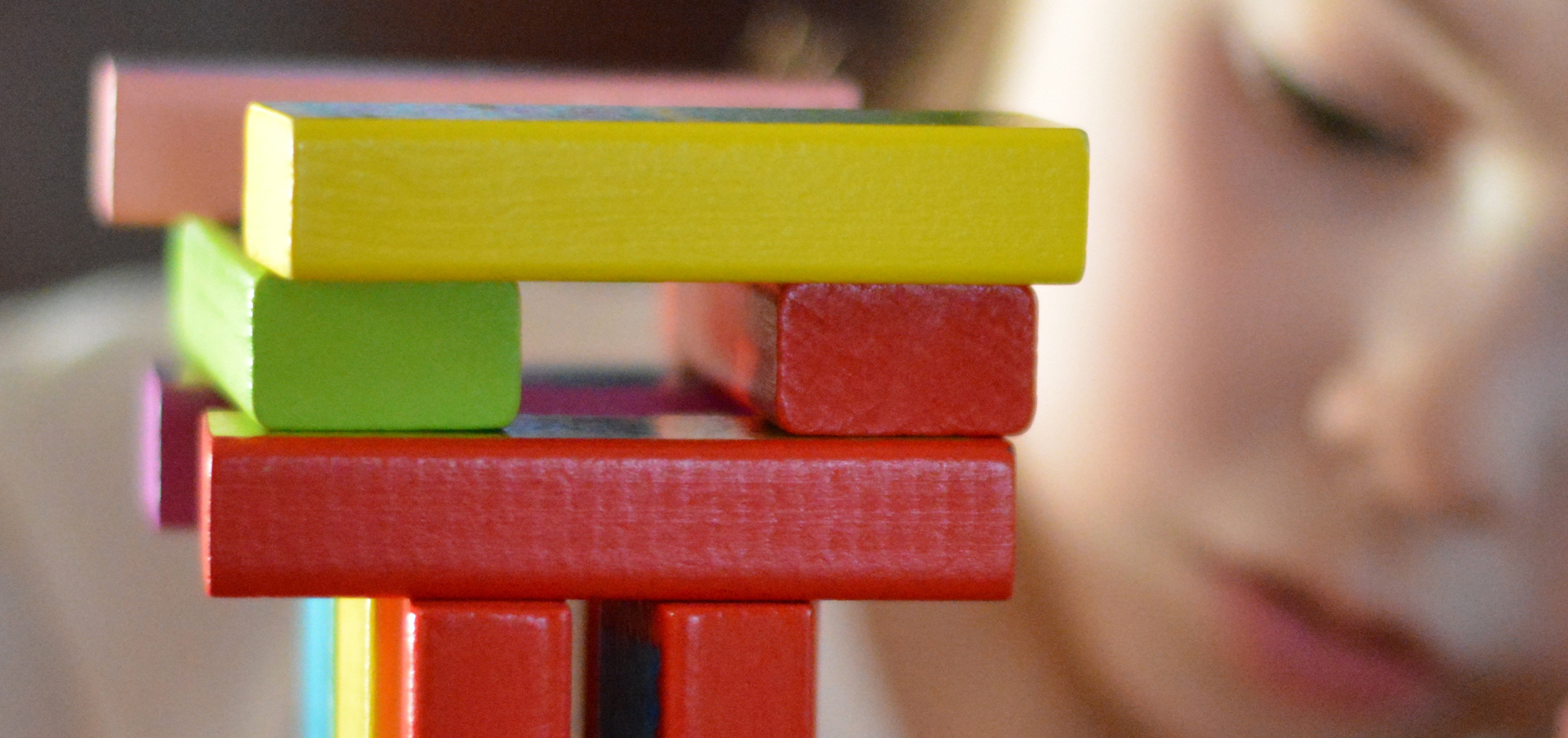In a Reggio Emilia-style elementary school, you will find instructors who use a child-guided curriculum which allows children to communicate and learn through “one hundred languages” – not just speaking, but making art, singing, engaging with nature, and developing relationships with others. The elementary curriculum at Riverside Elementary School (RMS), Goodwin College’s Reggio Emilia magnet school, inspires 400 children annually to discover, invent, and dream through an educational philosophy that puts the child’s “self” and interest first. The guiding principles of Reggio Emilia at RMS include:
- Considering children as collaborators, communicators, and protagonists
- Considering the teacher in several roles: as the nurturer, partner, guide, researcher, in their relationship with each child
- Respecting the foundation of cooperation
- Using the environment as the “third teacher”
- Addressing parents as partners
- Considering documentation as a facet of communication
At Riverside Magnet School, educators organize their classrooms and lessons around these Reggio Emilia philosophies:
First off, teachers build ‘Project Work’ with students. Projects are regarded as adventures into learning, and they can last anywhere from one week to the entire school year! These projects help to build the foundations of study and independent research in young children, through topics founded by their own curiosity. Teachers prepare and encourage activities related to these topics, and use the learning and documentation results as building blocks for further projects. Children decide what direction the project may go in, and how and what the group will produce as a result. Child-directed Project Work is one of the important ways that Riverside Magnet elementary school adopts the Reggio Emilia approach.
In considering the hundred languages of children, we also include a wide variety of ‘Representational Development’ teaching techniques in our Reggio Emilia elementary school. This means that teachers will incorporate drama, art, constructing, reading, music, outdoor activities, and speech into each day of learning. Using the arts and expressive opportunities, teachers ensure that each child’s individual way of absorbing information will be touched upon: Whether they are visual learners, non-verbal learners, active learners, there are techniques to make sure that all learning styles are incorporated into the curriculum. Through the Reggio Emilia approach, Riverside Magnet School uses the arts to benefit children cognitively, linguistically, and socially.
One of the most important principles of a Reggio Emilia elementary school is ‘Collaboration.’ Child-directed learning would not happen effectively without positive collaboration between children, as well as adults. At Riverside Magnet School, we use group work to include different approaches towards the same investigation, so that all children have an access point and are given the opportunity to share that with others. Through discussion, critique, comparison, negotiation, and problem solving, children express their opinions and ideas within small and large groups. Thanks to the fact that respect is valued so highly in the Reggio Emilia approach, Collaboration is able to flourish in Reggio Emilia elementary schools like RMS.
As we now know, the teacher comprises several roles in a Reggio Emilia approach. But you may be asking, “If children lead the learning process, what exactly does the teacher do?” Well, in a traditional educational approach, we can visualize the instructor at the head of the classroom in front of a blackboard, children lined up neatly at desks with books and notebooks stacked, and pencils at attention. The Reggio Emilia teaching style is a bit different. At Riverside Magnet elementary school, for example, you may see co-teachers (multiple instructors) on a circular rug, at the same level of children, who are engaged in group-work with each other. There are multiple tools for learning, including paint, instruments, objects from nature, blocks, and other construction activities. In Reggio Emilia elementary schools, teachers hold the role of ‘Researcher.’ They guide children’s learning through careful listening, observation, and documentation of work, as they engage with one another and develop a classroom community.
Given the teacher’s role as researcher, the production and sharing of ‘Documentation’ goes without saying. Because children in a Reggio Emilia elementary school are not just using repetition, speech, and essay writing to learn, but rather using all of their senses, they produce evidence of learning through a variety of media. Artwork, sculptures and constructions, recordings of musical exercises, videos of performances, and observation reports of children’s interactions with one another are all tracked by teachers. This documentation is tacked on walls, laminated and made into books, and presented by children for their caregivers. The teacher’s responsibility for sharing children’s learning through Documentation is an important component of building a robust Reggio Emilia elementary school community.
Lastly, Riverside Magnet School teachers rely on the ‘Environment as the Third Teacher.’ education is explorative in the Reggio Emilia approach; children use their hands, noses, eyes, ears, and taste buds as comprehensive tools for learning. Providing an environment rich in opportunity for children to engage is what being a Reggio Emilia elementary school teacher is all about. Whether with activities inside the classroom or using the gifts of the outdoors, Riverside Magnet School offers learning opportunities both within its walls and beyond them.
Now that you’ve got a better idea of how a Reggio Emilia elementary school can be so beneficial to your child, we invite you to seek more information from Riverside Magnet School. Apply online, sign up for a Parent Information Session, or stop by an Open House.
Goodwin University is a nonprofit institution of higher education and is accredited by the New England Commission of Higher Education (NECHE), formerly known as the New England Association of Schools and Colleges (NEASC). Goodwin University was founded in 1999, with the goal of serving a diverse student population with career-focused degree programs that lead to strong employment outcomes.

